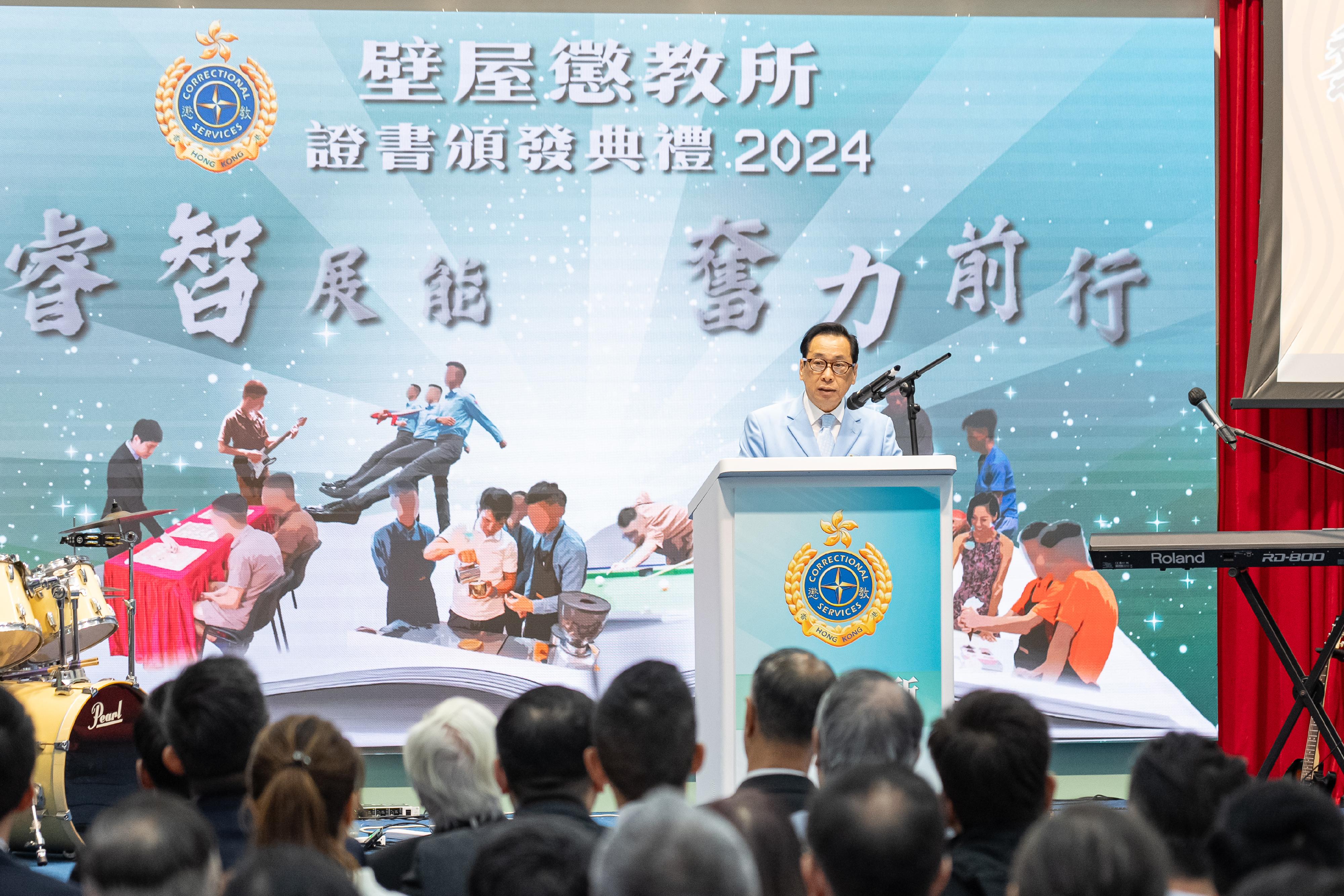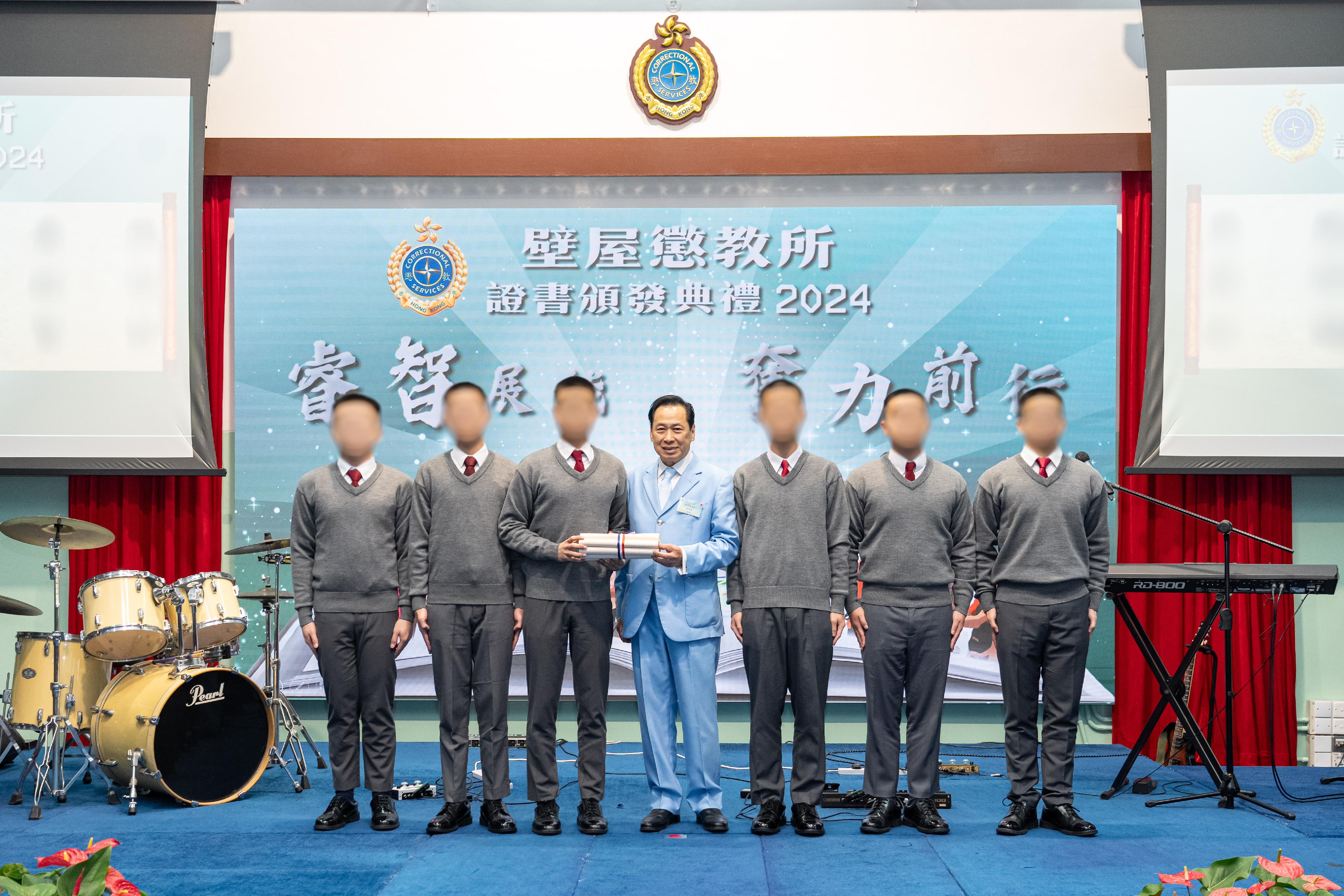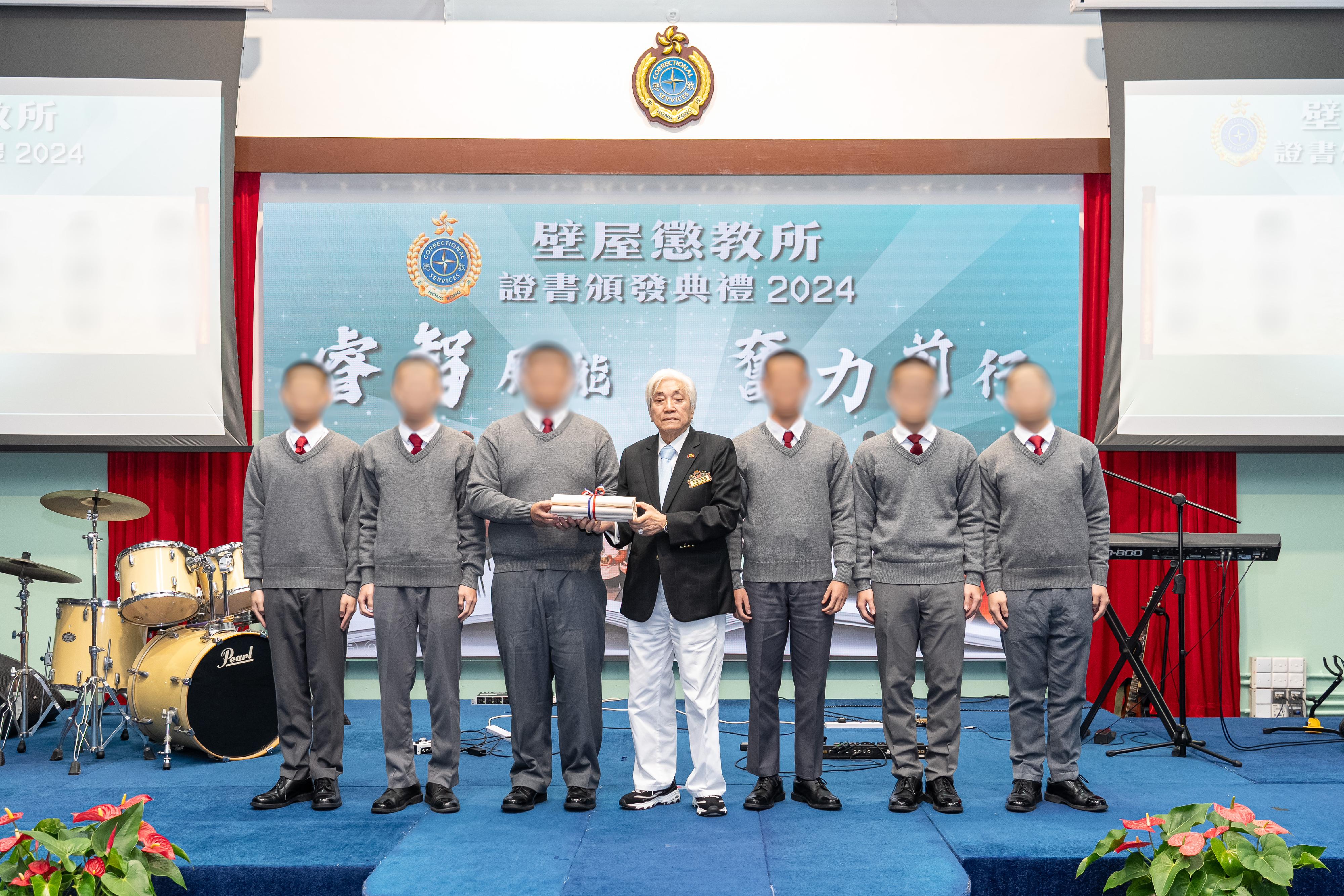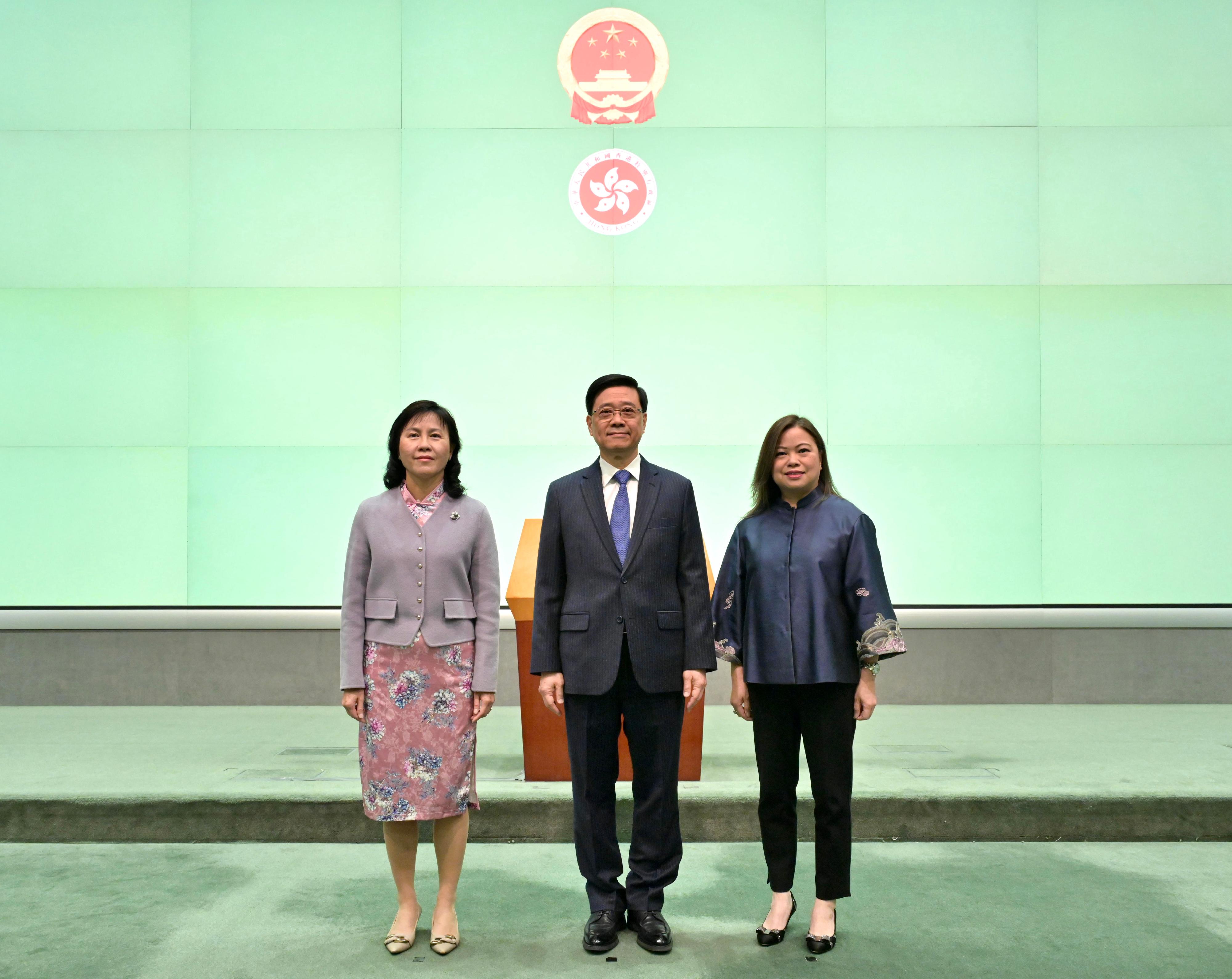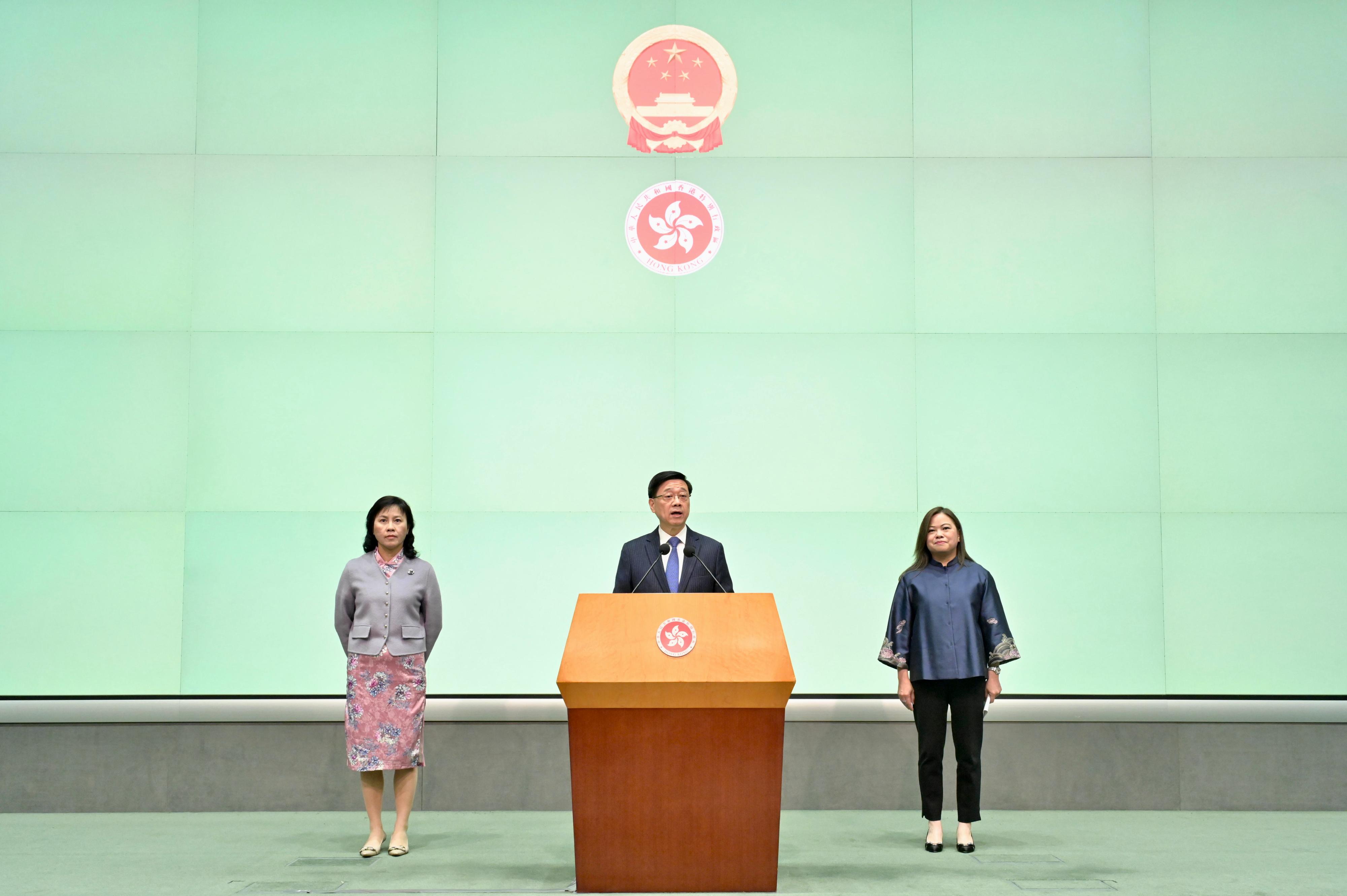Following are the remarks by the Chief Executive, Mr John Lee, at a media session with the newly appointed Secretary for Transport and Logistics, Ms Mable Chan, and Secretary for Culture, Sports and Tourism, Miss Rosanna Law, today (December 5):
Reporter: Good afternoon, Mr Lee. Firstly, we wanted to ask about your consideration in why you decided to replace Yeung and Lam in your administration, especially at this point during in your term. Does this move mean that your criteria for the continued service of your officials under your administration have changed? And, if so, what are these criteria? Are there any officials at risk of being replaced in the future if they do not meet these expectations? And secondly, what do you hope for these two new ministers to accomplish, as they have only two years or so to deliver on your government's promises? And what are your expectations that you've set for them so far? Thank you.
Chief Executive: I have made my decision through a period of observation, judged what I want to do in the years to come, and assessed what will make my governance even more effective and fulfilling. I appreciate the leadership, the articulation skills, and also the proactiveness of Ms Chan and Miss Law, because these are exactly what I need in the years to come to ensure that we will reap the best results and also to ensure good governance.
I regard the importance of a leader being, first of all, forthcoming, being able to anticipate problems, find solutions, and also build up the team, and the leadership skills, articulation skills, and also the proactiveness of Ms Chan and Miss Law fit exactly my requirements and what I regard as the essential success factors of a leader and a secretary. This is the reason why I made my decision. Second, I want to create the best results in the shortest period of time for Hong Kong, because we have lost time during COVID, and we have lost time because of the 2019 riots and black violence. I have said many times that I want to recover the time. I want to chase back the results and time, and I see the strengths of the two newly appointed secretaries. They will be assisting me more to realise my goal of ensuring results and also doing as much work as possible in the coming years.
I am pleased with the team I have now with the two newly appointed secretaries joining us. All the team members now are able people, who will be implementing my governance philosophies and aims, and are willing to take up challenges, make tough decisions, build the teams, and lead the officials to do what will be in alignment with my governance philosophies and aims. I am very confident that my present team will work closely with me, unite together, and produce the best results of governance, serving the best interests of Hong Kong.
Two years and a half is a long time. I have assumed office for two and a half years, and I think the majority of the community, by and large, agrees with the policy aims and strategies that I have set, and there are some independent assessments of what Hong Kong has been performing in these two and a half years. For example, in a lot of rankings when compared with our global competitors, we have moved up places, including in the area of international financial centre – we are now back to the third. We have also increased our competitiveness – we are ranked number five. We have actually made progress in a lot of areas. Two and a half years is a long time, and I do think that we can make the best use of this period to create the best and the most results for the people of Hong Kong, so that we can all reap the benefits of our economic development and also other policy measures.
Reporter: Former Secretary Yeung oversaw projects meant to boost Hong Kong's appeal to tourists after the pandemic, such as mega events, Night Vibes and Happy Hong Kong. Does his departure mean that those projects have failed, and how can Secretary Law do better to win back tourists? My second question is, the two ministers are part of your Government of "patriots administering Hong Kong". With today's move, are you sending a signal that being a patriot is not enough, and that a patriot can also lose their job if they are incompetent? And there were also reports earlier that you wanted to sack some of these ministers earlier, but Beijing intervened to avoid the appearance of infighting and disunity. Is this true?
Chief Executive: First of all, I have said that since the departure of the secretaries, and I am not going to comment, but I really think that they have contributed their best, made their best efforts for Hong Kong. So I thank them sincerely, and I hope that they will have a good life, a happy life, after their departure.
Each bureau faces different challenges and problems. That is the purpose of existence of the Government. We will try to solve problems every day. Some problems we may have solved already. Some problems may need a longer time to solve. But like any other city's government, we have problems to solve and problems pending to solve. One thing I'm very confident of is all the civil service officials working in the Government, whatever bureau it is, they are fully committed, and they serve with the purpose of contributing to Hong Kong. There are challenges every day, but they will continue to contribute their best.
And I think with the appointment of Miss Law, who impresses me as a leader who has good leadership skill, being proactive, and good articulation skill, then the contributions the officials made in her bureau will be realised and appreciated by the people of Hong Kong. That is my philosophy of governance. Yes, everybody should work hard, but the leader should build a team to ensure that they will synergise, they will align, and one plus one is bigger than two, and also to explain policies to the community so that they understand the philosophy, the thinking, the challenges, the risks and the costs, and in due course, understand why all these policies are made, and what are the benefits and what are the price that we have to pay, so that they will appreciate their philosophy, and then will be able to support. I think Miss Law can do that and fulfil my requirement, and I'm sure that in the coming two and a half years, she will be exercising strong leadership. She will be ensuring the major issues that are under the parameter of the Culture, Sports and Tourism Bureau will be well taken care of, and I also have strong confidence that she will be bringing a feeling of a "new page" and fresh air to the overall implementation of policy.
And one other thing is, we are looking at people who will be doing things under the philosophy, "there's never the best, only the better". Yes, those who join the Government must be patriots, but I do not think it is right to try to create differences in a way that mislead people. All the people who have joined the Government are patriots, and I thank them for all their work, but I want to do more in this two and a half years. I want to get the people that will fit my criteria in building more results and ensuring the community understands and appreciates government policies. And I think I've got the best choices.
(Please also refer to the Chinese portion of the remarks.)
